Optimal Timing for Well Water Testing
Determining the optimal time for well water testing ensures accurate results and timely detection of potential contaminants. Testing during specific periods can provide insights into seasonal variations and help maintain water quality throughout the year.
Testing after heavy rainfall or drought periods can reveal changes in water quality caused by environmental factors.
Conducting tests prior to buying or selling a property ensures water safety and compliance.
Regular yearly testing helps monitor ongoing water quality and detect emerging issues early.
Testing post-maintenance or repairs confirms the well's integrity and water safety.

High-quality tools used for accurate sampling and analysis.

Technicians collecting water samples from a well system.
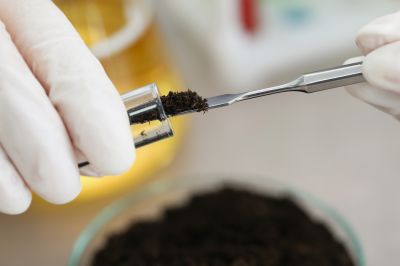
Samples being analyzed in a certified laboratory setting.
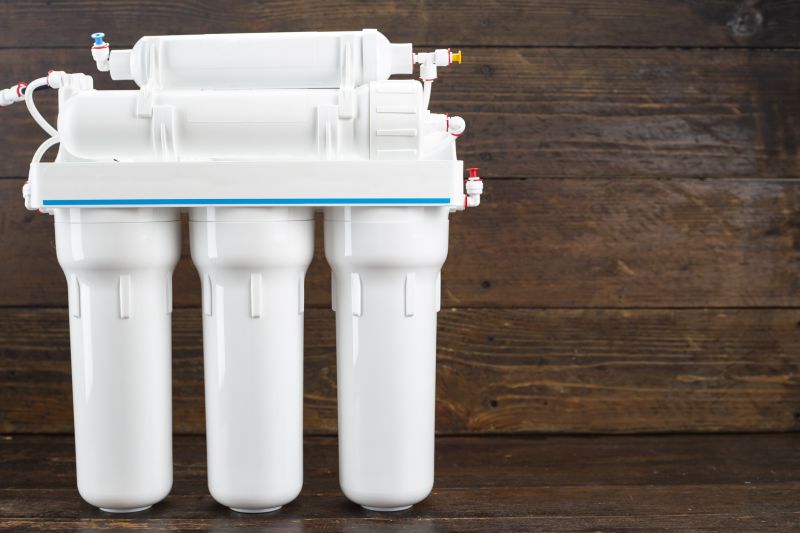
Ways to make Well Water Testings work in tight or awkward layouts.
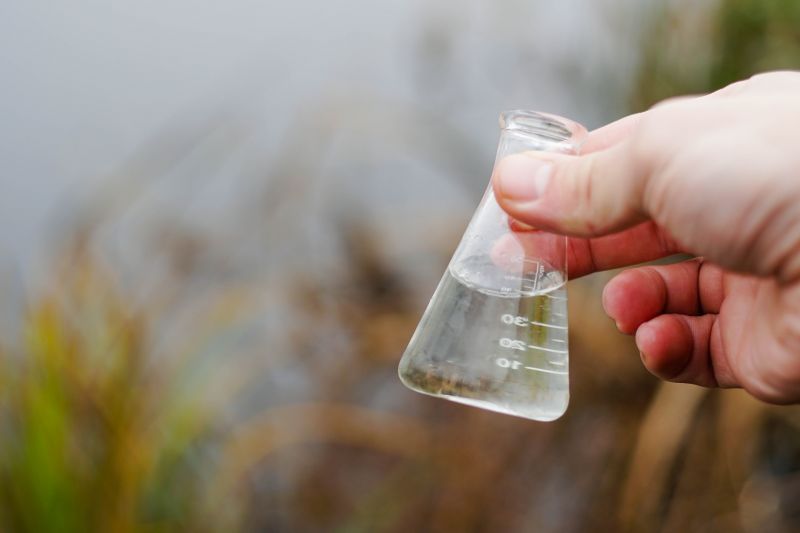
Popular materials for Well Water Testings and why they hold up over time.
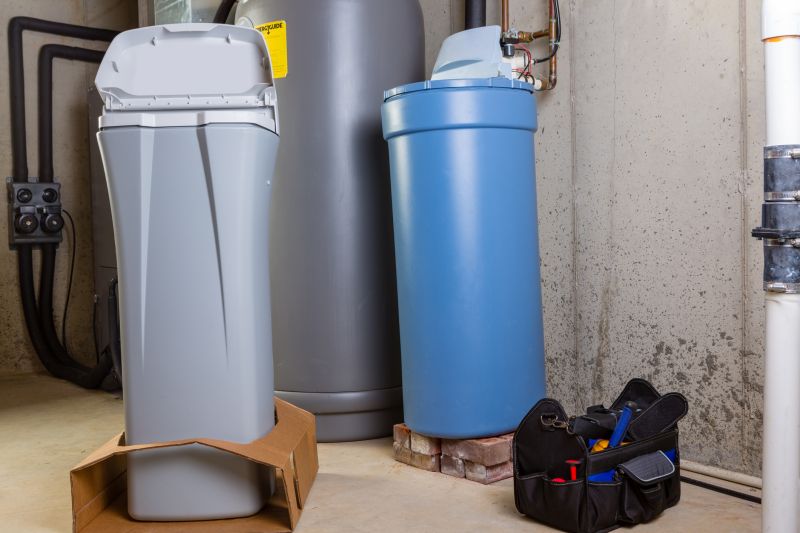
Simple add-ons that improve Well Water Testings without blowing the budget.
Well water testing is essential for maintaining safe and clean water supplies, especially in areas relying on private wells. Regular testing can identify contaminants such as bacteria, nitrates, heavy metals, and other pollutants that may pose health risks. According to recent studies, over 15 million households in the country depend on private wells, making routine testing a vital part of water safety management.
Environmental factors, seasonal changes, and well maintenance activities can influence water quality. Testing at appropriate times ensures issues are detected early, allowing for prompt treatment and remediation. It is recommended to test well water at least once a year, with additional testing following any significant environmental events or well repairs.
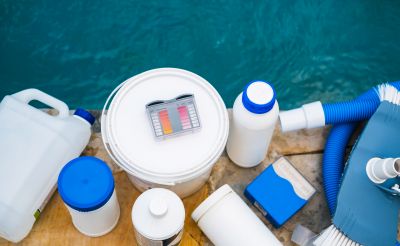
Proper collection techniques are crucial for accurate testing results.
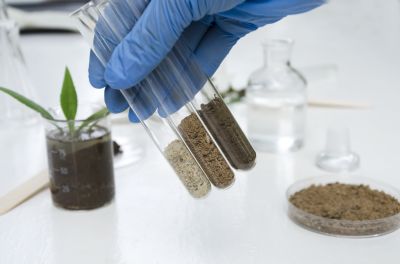
Laboratory tests identify various pollutants in well water samples.
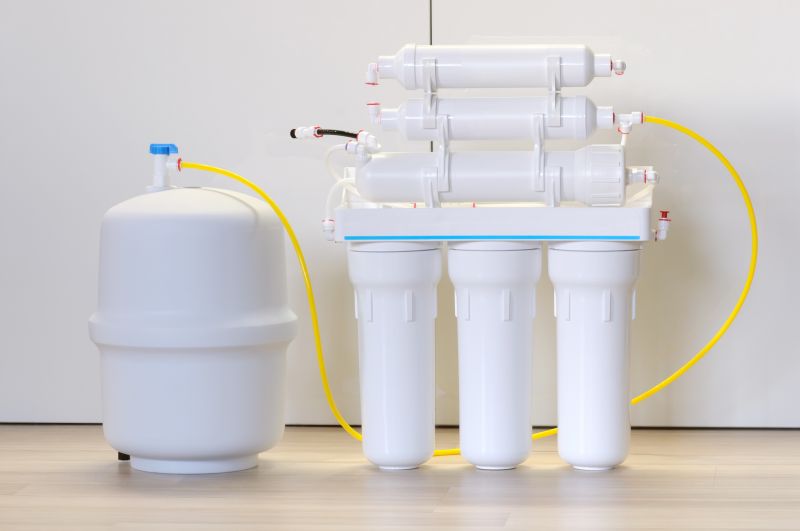
Detailed reports help property owners understand their water safety status.
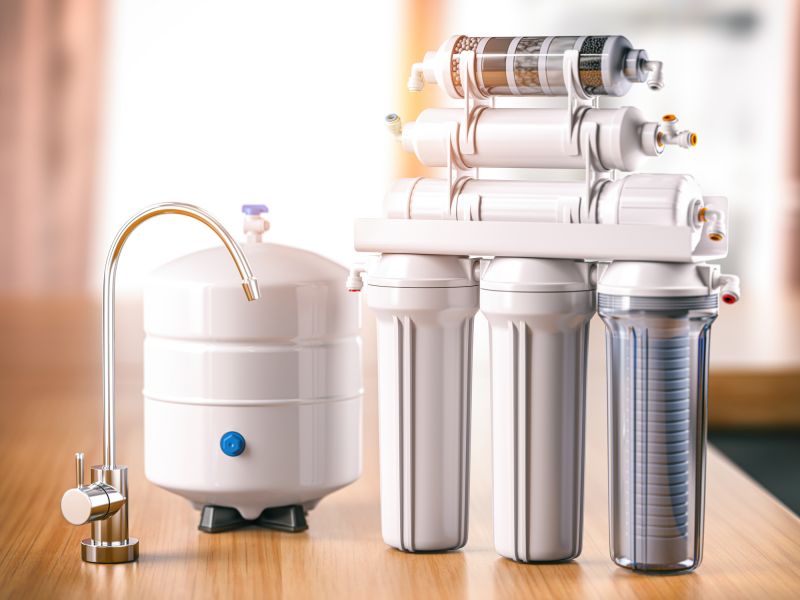
Testing results can guide the installation of appropriate filtration systems.
| Best Testing Times | Reason |
|---|---|
| Post-Rainfall Periods | Detect changes caused by runoff and environmental factors. |
| Pre-Property Sale | Ensure water safety before property transactions. |
| Spring and Fall | Monitor seasonal variations affecting water quality. |
| Post-Well Maintenance | Verify well integrity and water safety after repairs. |
| Annual Schedule | Maintain ongoing water quality monitoring. |
| After Flood Events | Identify potential contamination from flooding. |
| During Drought Conditions | Assess water quality when water levels are low. |
| Before Installing New Equipment | Check water quality prior to system upgrades. |
